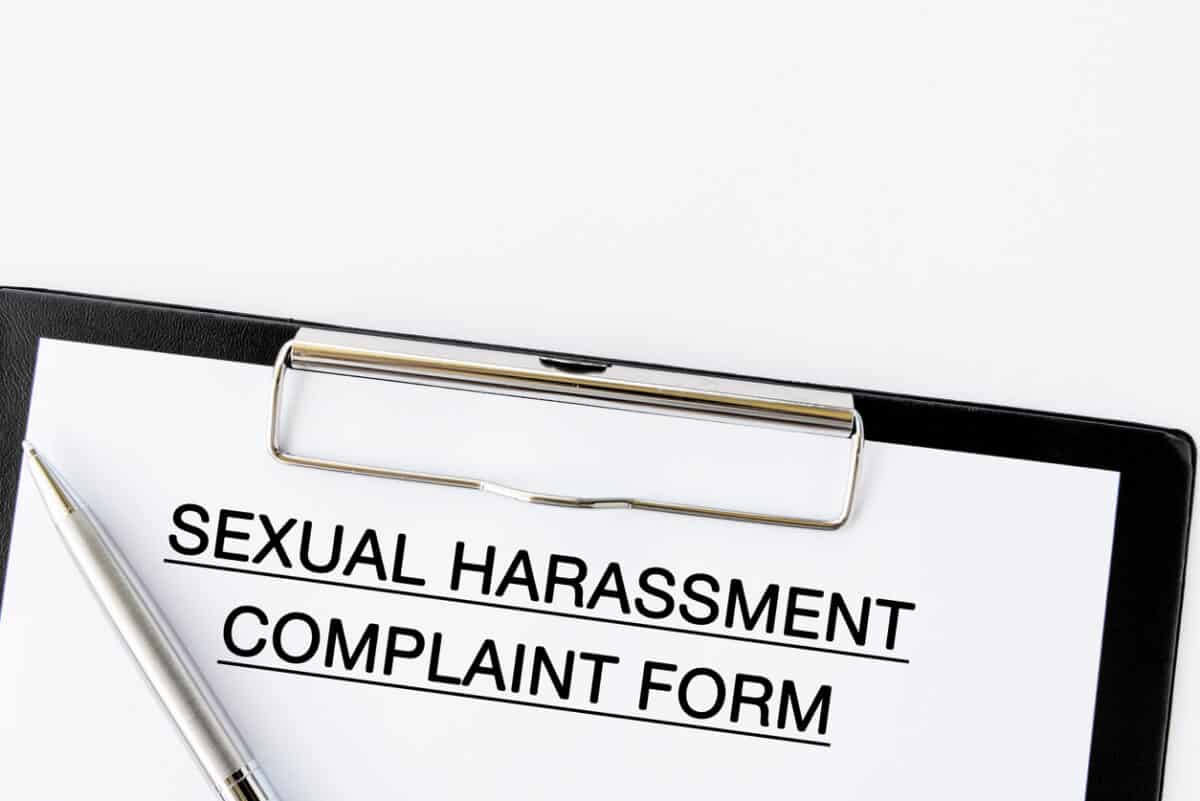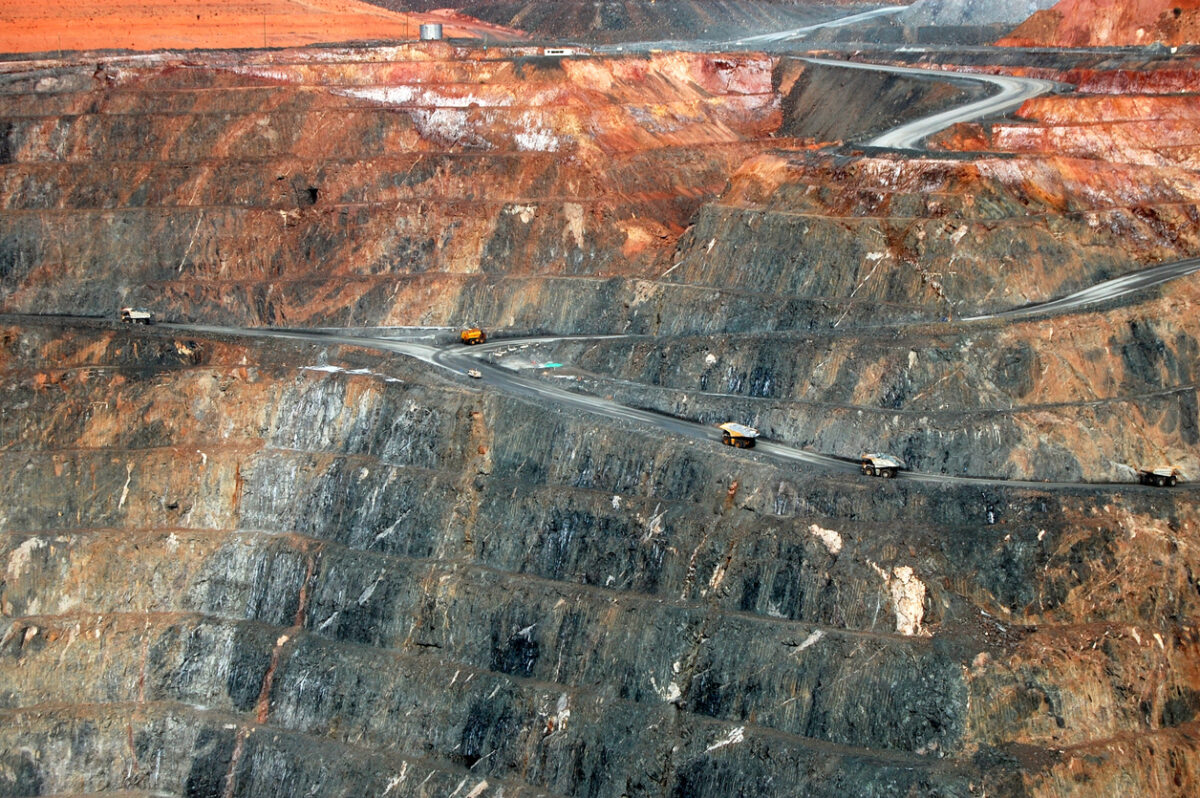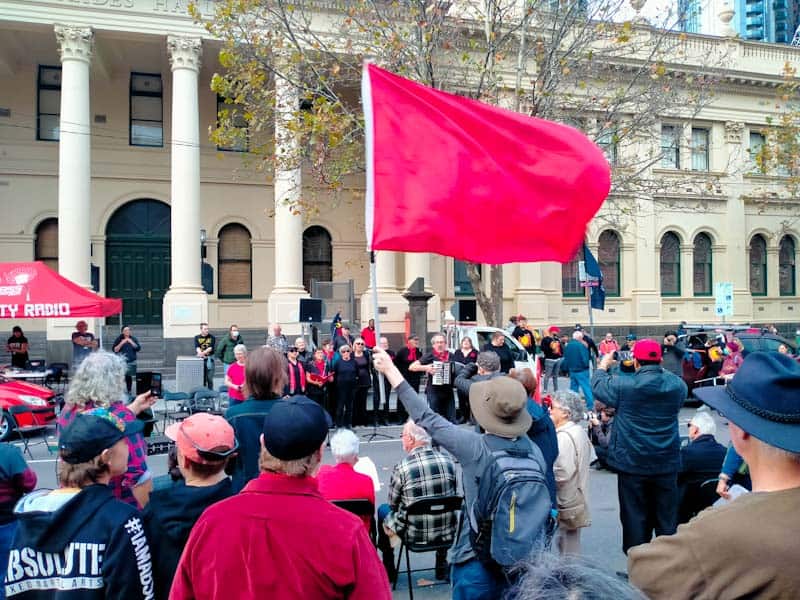Deterrence has always been a major aim of enforcing occupational health and safety (OHS) laws and prosecuting wrongdoers. But the legal system and medical coverage have become so convoluted that the deterrent potential has declined.
Category: union
Victorian sexual harassment recommendations protect workers – sort of
In light of many workplace sexual harassment scandals in Australia, the Victorian Government established a task force to look at the issues and make recommendations. That task force has released its findings, the government has responded, and the media has focused on mainly one issue – non-disclosure agreements (NDAs) – missing out on other important information. And questions like, why did Victoria have the task force at all?
Hope clearly did not work. What’s next?
In the Weekend Australian newspaper, workplace relations journalist Ewin Hannan reported on a presentation (paywalled) made by the Employment and Workplace Relations Minister Tony Burke to the Attorney-General’s Department staff. (Safe Work Australia, currently, exists in this department) From Hannan’s report, the focus seems to have been on industrial relations but it’s useful to consider Minister Burke’s words from an occupational health and safety (OHS) perspective given that it is highly likely that Safe Work Australia personnel were one of the “hundreds” attending or listening in. Burke said:
Safety (funding) differently
When Tony Abbott was the (Liberal) Prime Minister, he reduced the commonwealth grants program substantially as part of his austerity and “debt” and deficit” strategies. This resulted in defunding many occupational health and safety (OHS) support and research units of trade unions, industry associations, etc. OHS has been poorly served ever since. The new (Labor) government has an opportunity to resurrect some of these OHS units by allocating some level of funding and, perhaps, expanding it beyond the traditional consultation triumvirate.
OHS change
Recently I have been critical of political speeches concerning occupational health and safety (OHS) for being bland, safe, unadventurous and lacking vision. Recently a reader sent me these words:
Continue reading “OHS change”“In recent years occupational health and safety has become the forgotten element of national workplace relations policy. It’s now time to focus on its importance – to protect lives and livelihoods and to ensure the future strength of Australia’s workers compensation schemes. There’s too much in the balance to let the system decline in effectiveness and increase in cost. Lives are at stake.
Can you vote for OHS?
Australia is in the last few weeks of its federal election. Because it is a national election and occupational health and safety (OHS) is almost totally regulated at the State and Territory level, workplace health and safety is rarely if ever mentioned directly in campaign pledges. However, OHS does have a political campaign context if one accepts that some workplace hazards are caused or affected by social and government policies.
Australian Labor Party
The Australian Labor Party’s suite of campaign policies includes several items that could reduce the mental anguish in the community, thereby encouraging people to take jobs and making applicants more attractive to employers but there are no direct pledges on OHS. It states in its “Secure Australian Jobs” policy that:
Two steps forward and one back
Employers are less criticised about their workplace health and safety performance than the government, even though it is employers who have the primary duty of care for their workers’ occupational health and safety (OHS). The Federal (conservative) government and Prime Minister remind us regularly that the responsibility for OHS sits in the State and Territory jurisdictions. No one seems to accept their own responsibilities for OHS, so it is little surprise that worker health and safety has no effective national coordination.
Recently the Australian Council of Trade Unions (ACTU) released an OHS report entitled “Morrison Missing in Action on Work Health and Safety“. It is also looking in the wrong direction. Of course, the Prime Minister is missing in action – employers have the primary duty of care, which local jurisdictions enforce.
Although this document has good OHS information, references and statistics, it is primarily part of the current federal election campaign, reporting information that the politicians mostly already know.
Continue reading “Two steps forward and one back”






